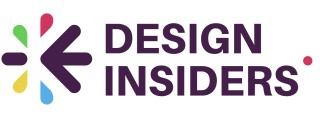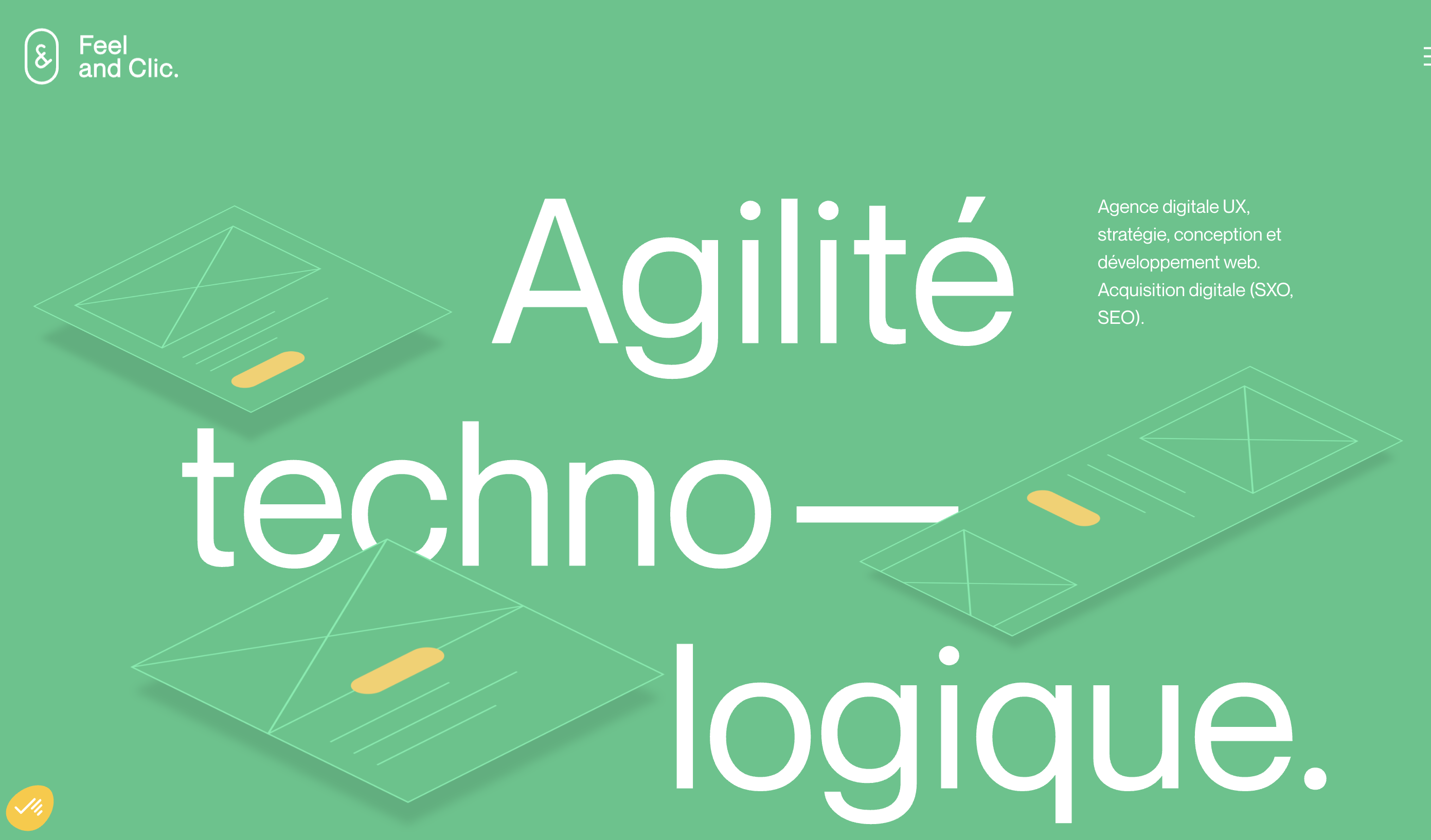
Understanding Inclusivity in Design
The Essence of Inclusivity in Modern Design
In the evolving world of design, inclusivity isn’t just a buzzword; it forms the core of creating experiences that resonate with diverse audiences. The concept of inclusive design revolves around crafting environments, products, and content that consider the vast diversity of people’s experiences and abilities. Understanding this essence is key to embarking on a successful design process that truly represents diversity and fosters inclusion.
Inclusive design calls for designers to go beyond traditional boundaries and adopt principles that encompass different aspects of human diversity, including race, gender, age, and disability. It's about embracing the diverse tapestry of human experiences and ensuring that the design work is both accessible and meaningful to all. This approach contributes to a design environment where exclusion is minimized and personalization is enhanced.
Adopting inclusive design principles also requires designers to continually learn and grow, enabling them to adapt their methods and creations to better serve all users. By doing so, they can create products that not only meet functional needs but also resonate on a cultural and emotional level, ensuring greater impact and engagement.
An important aspect of inclusivity in design is recognizing and addressing specific requirements, such as color contrast in visuals for those with color blindness or ensuring that content is accessible to people with disabilities. Additionally, the application of web accessibility principles is crucial in facilitating design accessibility for digital platforms.
As designers embark on the journey of creating inclusive environments, they must also be cognizant of privacy policies to maintain trust and protect user data, integrating ethical considerations into their design tools and processes. The challenge lies not only in designing inclusive products but in ensuring that the process robustly supports diversity inclusion at every stage of development.
The role of inclusive design extends beyond aesthetics and functionality; it has profound implications for social media strategies and marketing efforts, ensuring that content reaches and resonates with a wider audience. By focusing on inclusivity, designers create a ripple effect that not only benefits individuals but also society as a whole, paving the way for a truly inclusive future.
The Role of Accessibility
Navigating the Path to Accessibility in Design
Incorporating accessibility into design doesn’t just follow design principles; it redefines how we approach the creative process. Embracing web accessibility places the focus on creating environments where every individual, including people with disabilities, can engage fully with visual and graphic content.
The role of accessibility in inclusive design is paramount. It involves more than just making technical adjustments; it's about creating products and content that all people can use with ease, fostering truly inclusive designs. By prioritizing accessibility early in the design process, designers help to remove barriers that might otherwise exclude a segment of the population.
Applying design accessibility standards supports diversity inclusion, ensuring that the needs of diverse users are considered. Furthermore, the right design tools and social media platforms aid designers in creating accessible and inclusive content, allowing people from varied backgrounds and abilities to benefit and engage with your product.
Accessibility in design means being mindful of factors like color contrasts for readability, the structure of media content, and the ease of navigation for all users. Following best practices ensures that the design work is not just visually appealing but also reachable for everyone.
As designers continue to learn and grow, incorporating accessibility helps to create inclusive products that truly stand apart. This continuous learning process will shape our ability to design inclusive environments that welcome a diverse audience. Adopting an inclusive framework encourages creativity and innovation while still respecting privacy policies and diverse marketing needs.
Cultural Sensitivity in Design
Embracing cultural nuances in design
In the realm of inclusive design, cultural sensitivity plays a pivotal role. Recognizing and respecting cultural diversity is essential to creating products and content that resonate with a wide audience. Designers must account for cultural nuances to ensure their creations do not unintentionally alienate or offend any group. This requires a deep understanding of the cultural contexts in which people operate. Cultural sensitivity in design involves considering aspects such as language, symbols, and colors, which can carry vastly different meanings across various cultures. For instance, a color that is deemed auspicious in one culture might hold a completely opposite significance in another. Thus, it’s crucial for a designer to learn about and apply these cultural elements judiciously. Designers often rely on user research and ethnographic studies to gather insights into cultural preferences and behaviors. Engaging with diverse communities during the design process enables designers to create inclusive design environments that are more accurate reflections of the world's diverse populace. Further, this cultural awareness transcends beyond just aesthetic elements. It encompasses content creation, marketing strategies, and social media campaigns. For instance, designing social media graphics that represent a range of cultural identities can help brands promote diversity inclusion. This proactive approach will resonate well with global audiences, reinforcing a brand's commitment to diversity inclusion. For companies looking to market their products or services globally, understanding these nuances becomes an integral part of their design work. A resource like this detailed anchor text="crafting exceptional ecommerce website designs" can offer insightful guidance on how cultural preferences influence online shopping experiences. In essence, integrating cultural sensitivity into the design process is not merely about avoiding missteps but rather about enriching the design work with diverse perspectives that celebrate human diversity. This not only makes products universally appealing but also embodies the principles of true inclusive design.Designing for Diverse Audiences
Designing with Attention to Diverse User Needs
In the realm of inclusive design, catering to a diverse audience is fundamental. Designers must create spaces and products that resonate with a wide range of people, which requires a deep understanding of various personal, cultural, and functional needs. The principles of diversity and inclusion become central to this process as they guide the creation of content and products that are not only accessible but also inviting.
Creating inclusive designs starts with recognizing the spectrum of diversity that exists beyond mere demographics. This includes differences in culture, language, ability, and even personal preferences. Every color, graphic element, and piece of content must be carefully considered to avoid misinterpretations and ensure user comfort. Social media platforms and marketing campaigns, too, must reflect these diverse realities.
Moreover, inclusivity extends to designing for people with disabilities. This is where the concept of "design accessibility" comes into play. It’s about more than just compliance; it's about creating environments where all users feel valued and able to participate fully. If you're seeking to learn and grow in this area, understanding how to design accessible products is crucial.
The process involves employing various design tools and adhering to design principles specifically aimed at creating inclusive environments. From designing visual content that all users can perceive to writing clear and understandable copy, each step of the design process should be done with inclusivity in mind. By doing so, designers not only follow best practices but also learn how to create inclusive designs that resonate with diverse audiences.
Challenges in Implementing Inclusive Design
Overcoming Barriers in Implementing Inclusive Design
Creating inclusive environments requires more than just good intentions. The process of integrating diversity and inclusion into the design process can be fraught with obstacles, causing friction in realizing truly inclusive designs. Let’s explore some challenges designers face and how they can navigate these issues. One significant challenge lies in the complexities of accessibility. While designers strive to create accessible and inclusive design products, adapting to inclusive design principles often demands additional resources and effort. This can include acquiring suitable graphic design tools or undergoing training to help design teams learn and implement best practices for design accessibility. Moreover, marketing strategies and social media platforms sometimes prioritize aesthetics over accessibility. This emphasis can inadvertently lead to exclusion, as the vibrant colors and intricate visuals of some marketing campaigns may not account for individuals with color blindness or other visual disabilities. Designers need to balance beautiful, engaging visual content with accessibility, ensuring their designs remain inclusive to all. Another aspect concerns incorporating cultural sensitivity into design work. The report and learning process of understanding diverse cultural nuances can be challenging yet crucial. It entails approaching design with the awareness that what’s visually or contextually appealing to one group of people might not resonate with another. This sensitivity is complex to navigate, as it requires continuous education and adaptation. Lastly, there are also organizational hurdles. Implementing sweeping inclusive design policies can conflict with existing company processes or privacy policy guidelines. Bridging this gap between the need for inclusive outcomes and existing operational limitations requires persistence and adaptability. Despite these challenges, the pursuit of creating inclusive content and design should remain unwavering. By committing to a process of continual learning and improvement, designers can help create products that serve a broader audience more effectively. As inclusive design practices evolve, overcoming these difficulties will forge a path to more empathetic and widely accessible user experiences.Future Trends in Inclusive Design
Looking Ahead: Embracing Change in Inclusive Design
The future of inclusive design promises to be a dynamic realm where designers continuously learn and evolve their methodologies. As technology advances, so does the potential to create more inclusive environments that cater to diverse user needs. Understanding how to effectively integrate diversity into the design process will remain central to this endeavor.
Emerging technologies like AI and VR are shaping the landscape of inclusive design, offering tools that enhance the experience for people with disabilities. These innovations will empower designers to create accessible and engaging content for everyone.
Social media continues to play a vital role in promoting diversity and inclusion. As more designers tap into these platforms for inspiration and knowledge exchange, the principles of visual accessibility and cultural sensitivity emerge as standard components of successful design strategies.
Furthermore, the growing emphasis on diversity inclusion in design tools and processes reflects a shift towards more personalized user experiences. The focus will increasingly be on adaptive, rather than one-size-fits-all solutions.
Designers who follow the latest trends in inclusive design should continue to learn and grow, recognizing the importance of creating products that are universally accessible. By doing so, they not only contribute to social equity but also enhance their professional development, building a portfolio of work that reflects the values of diversity and inclusion.





